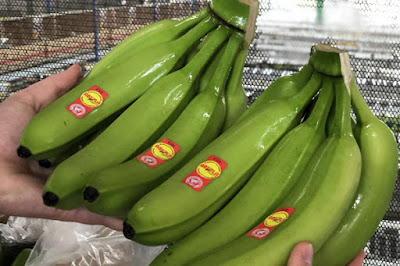All About Banana Export Business
Bananas are one of the most important staples in tropical areas and their production for sale in local markets is, together with dairying and horticulture, one of the few activities that provide households with regular income throughout the year. Most bananas are planted for sale in local markets or self-consumption, and only a fraction of all bananas produced are sold in the world market. The production technologies of Banana Export Company Rotterdam used for export and self-consumption are so different that analysts prefer to separate them into two distinct economic activities.
On the one hand, small-scale production for
consumption in the household or for sale in local markets makes a limited use
of external inputs and is labor intensive. Production costs are low and
comparable to other major staples such as sweet potato, rice, maize and yam. On
the other hand, production for export markets uses external inputs intensively
and is technologically sophisticated. Even within banana production of Ecuador banana exports for export
technologies can vary substantially; for example land yield in large commercial
plantations can be as much as 6 times higher than that obtained in small scale
production.
Ecuador is the largest exporter of bananas in the world and fresh banana suppliers and its share of world banana trade is on the increase. Exports expanded from one million tonnes in 1985 to 3.6 million tonnes in 2000. This is equivalent to an average annual rate of about 9 percent, the highest of the top five exporting countries. This growth was sustained mainly by an increase in the area planted and, to a lesser extent, by rising land yields.




Comments
Post a Comment